The best audio PC of 2024: Digital Audio Workstations and audiophile machines
Looking for the best audio PC or laptop? We list the top Digital Audio Workstations money can buy.

1. Best overall
2. Best portable
3. Best mini
4. Best Windows PC
5. Best iMac alternative
6. Best touchscreen
7. How to choose
8. How we test
For music production enthusiasts and professionals alike, finding the best audio PC is paramount to achieving artistic excellence. These specialized computers are indispensable for musicians and producers aiming to harness their full creative potential. When navigating through complex projects on preferred Digital Audio Workstations (DAWs) like Cubase, Pro Tools, or FL Studio, it's crucial that your PC can deliver the necessary performance without faltering.
However, the criteria for the best PC for audio production work extend beyond sheer processing power. Essential features include ample storage for safeguarding project files, sufficient RAM to smoothly run multiple plugins and virtual instruments, and compatibility with a wide range of external devices, from audio interfaces to sequencers. This ensures a seamless integration of hardware and software, crucial for a streamlined music production workflow.
If you're in search of the ideal audio PC tailored to your production needs, we've got you covered. We've meticulously curated a list of fantastic PCs and laptops for music production, each selected based on their ability to meet the rigorous demands of today's audio professionals. While the investment in such high-caliber machines may be significant, the value they bring to your music-creation process is unparalleled. Additionally, our integrated price comparison tool is designed to help you find the most competitive deals for these top-tier audio PCs, ensuring you get the best value for your investment.
The best audio PC in 2025
Why you can trust TechRadar
Below you'll find full write-ups for each of the best audio PC picks in our list. We've tested each one extensively, so you can be sure that our recommendations can be trusted.
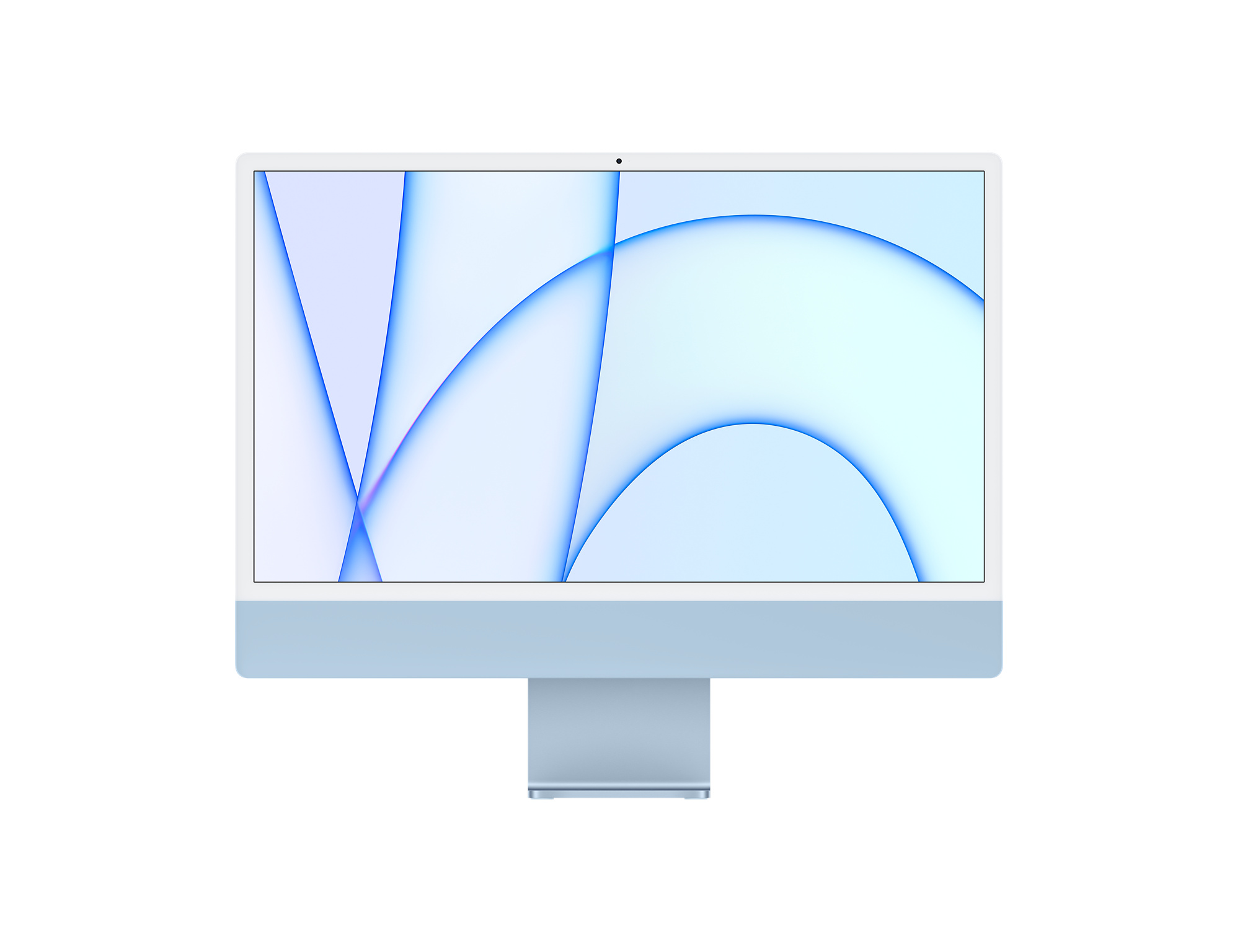
The best audio PC overall
Specifications
Reasons to buy
Reasons to avoid
The new iMacs are not just an improvement over their 21.5-inch predecessor externally, touting a fresh and modern new face that comes in several different colors. They also come with fresh new specs, rocking Apple’s new M1 chip that makes it much more powerful than the previous Intel iMacs.
In fact, we’d go as far as to say that the new iMac (24-inch, 2021) is the best and most efficient all-in-one PC we’ve ever tested, making it the best audio PC right now. There's also a bigger screen, with the 21.5-inch display replaced by the larger 24-inch one.
It’s not the most affordable, but you’ll be happy to know that you are getting great value here, as you’re getting the Magic Keyboard and Magic Mouse included – in matching colors, we might add.
Read our full iMac (24-inch, 2021) review.
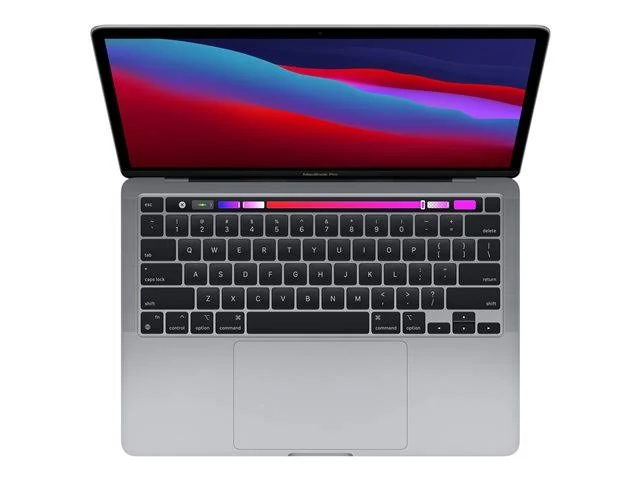
The best portable audio PC
Specifications
Reasons to buy
Reasons to avoid
The MacBook Pro 13-inch (M1, 2020) may not have gotten a massive design overhaul, but what it lacks in that department, it makes up for in performance and battery life.
Thanks to Apple’s groundbreaking M1 chip, the new MacBook Pro 13-inch delivers excellent performance and exceptional battery life, with Apple claiming the "longest battery life ever in a Mac", promising a huge 17 hours of wireless web browsing, and up to 20 hours of video playback. This is a mighty 10 hours more than the previous model.
Its performance is so impressive, in fact, that it can easily handle 4K - and even 8K - videos – let alone music production. If you’re looking for a powerful yet portable PC for making music, this is the best audio PC money can buy.
Read our full MacBook Pro 13-inch (M1, 2020) review
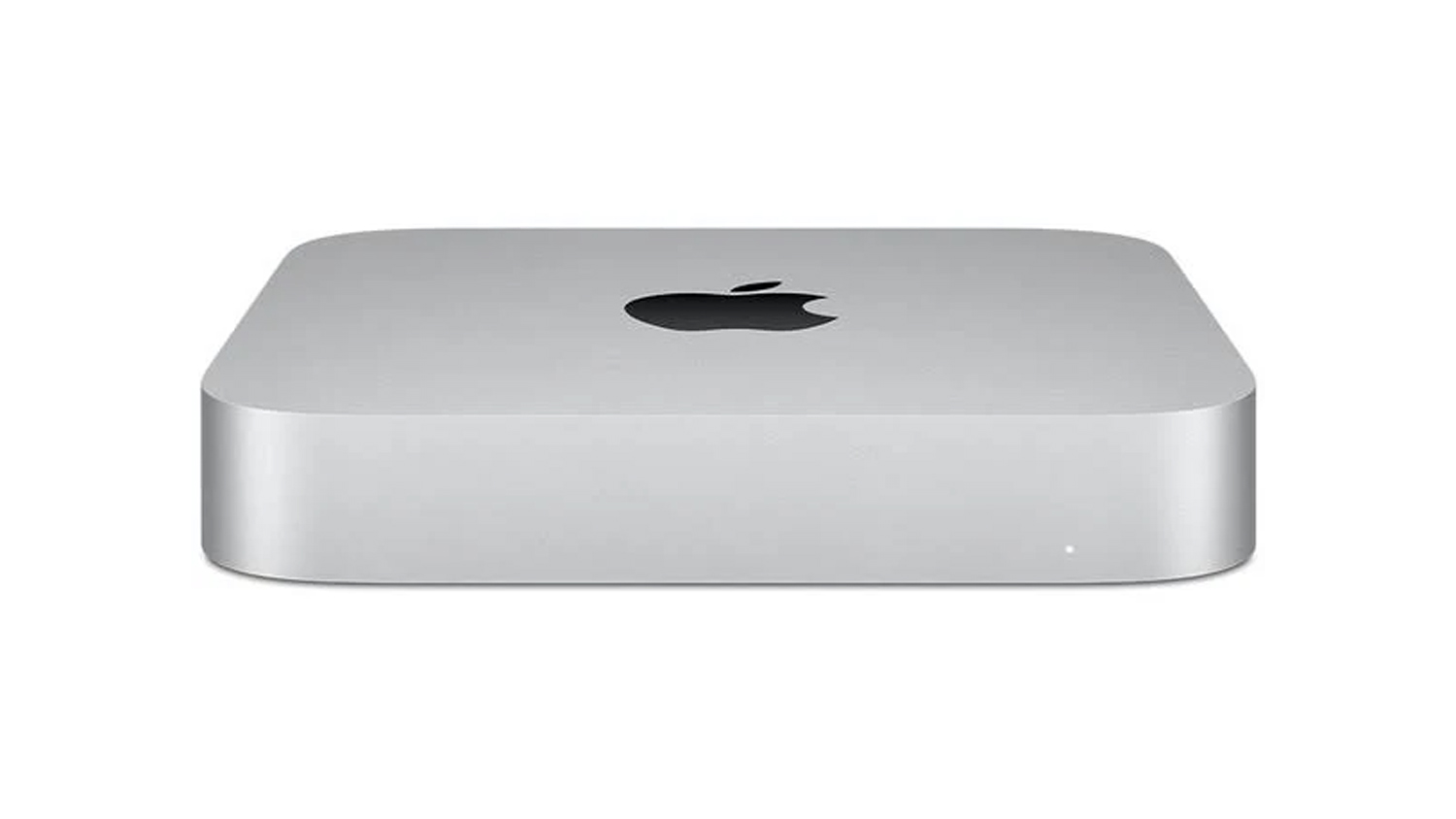
The best mini audio PC
Specifications
Reasons to buy
Reasons to avoid
One of Apple’s biggest surprises of the year is the update to its smallest Mac. The brand-new Mac mini now touts Apple’s M1 chip, while keeping things the same in its much-loved design.
With an 8-core CPU consisting of four high-performance cores and four high-efficiency cores to balance workloads, Apple claims the M1 can process tasks nearly three times faster than the chip in the previous Mac mini.
With this significant performance upgrade, the M1 is powerful enough for music production and even 8K video editing, thanks to this new chip. Graphics designers and videographers will be pleased to know that rendering in Final Cut Pro is also six times faster than on previous models. Gaming performance is also much improved too.
That’s all while still keeping its title as the cheapest Mac ever – terrific news for budget-minded musicians and music producers.
Read our full Mac mini (M1, 2020) review.
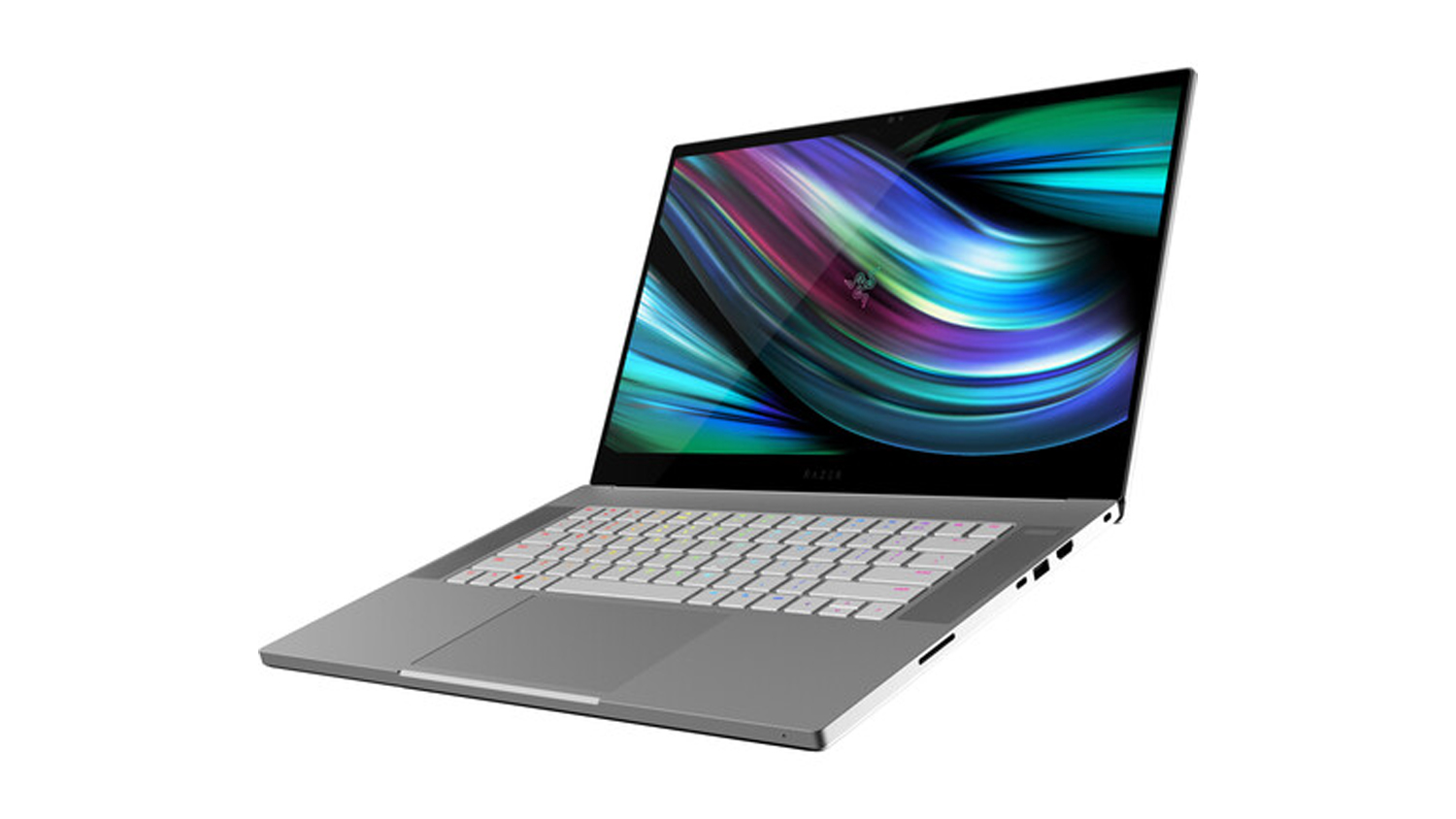
The best Windows PC for audio work
Specifications
Reasons to buy
Reasons to avoid
Not that you need one of the most powerful laptops in existence for making music, but if you do want it, the Razer Blade 15 Studio Edition will no doubt take your breath away thanks to its sheer power and stunning display.
Its Nvidia Quadro RTX 5000 GPU, with 16GB of GDDR6 VRAM, is one of the most powerful GPUs you’ll find in any laptop. It blows past the AMD Radeon Pro 5500M found in high-end MacBook Pros, and means the Razer Blade Studio Edition (2020) rivals desktop and all-in-one workstations when it comes to graphic performance.
It means it can execute the most complex tasks like 3D animation and video editing, let alone music production. The steep price is just as breathtaking, however, so only invest if you really want that much firepower and can afford it.
Read our full Razer Blade 15 Studio Edition (2020) review.
Get the best deal on Razer products with our Razer coupon codes.
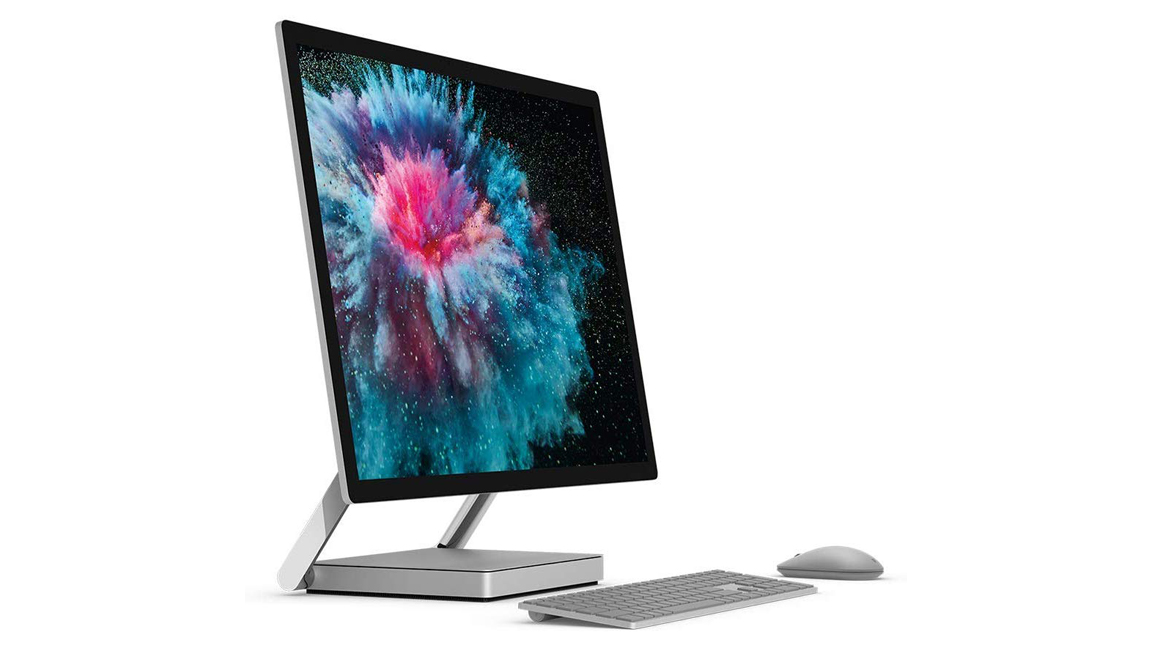
The best iMac alternative for audio work
Specifications
Reasons to buy
Reasons to avoid
The Surface Studio 2 is a great alternative to Apple's iMacs, and if you'd rather use Windows 10 over macOS, then this all-in-one from Microsoft is an excellent choice.
Sleek, stylish and capable of handling DAW software with ease, along with a bright and vibrant built-in display, this is an excellent audio PC that would look great in anyone's studio.
It's not quite as powerful as the latest iMac, however, so if you want pure power, go for Apple's all-in-one. It's also not the best for gaming, so if that's an interest you're better off looking elsewhere.
Instead, the Surface Studio 2 is perfectly capable for its primary use case as a tool for digital content creators, so don’t let dated specs turn you off if you’re a digital artist seeking fresh tools. For folks specifically in that crowd, the Surface Studio 2 could last you several years.
Read our full Surface Studio 2 review.
Get the best deal on you next Microsoft product with our Microsoft coupon codes.
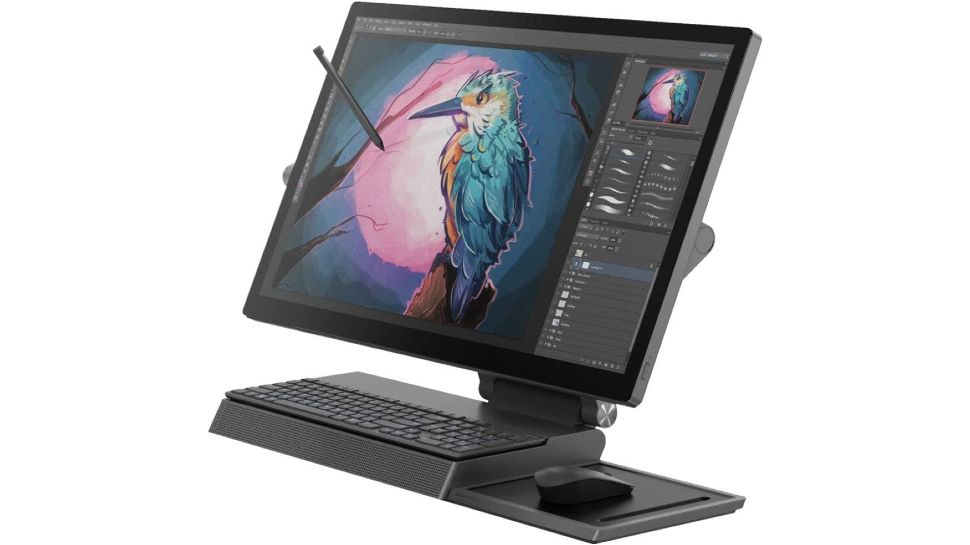
The best touchscreen audio PC
Specifications
Reasons to buy
Reasons to avoid
Lenovo’s latest all-in-one offering isn’t as powerful as Apple’s premium AIO, the iMac Pro, or even the recently updated iMac, which now offers a 9th-generation Intel Core configuration. After all, the 8th-generation chips and Radeon RX 560 graphics are aging at this point.
However, it is still plenty powerful to meet the needs of creative professionals out there who are not entirely impressed by Apple’s pricey machines. It can handle pretty much any modern application with ease – and even a spot of gaming as well.
On top of that, the Lenovo Yoga A940 has a few aces up its sleeves, including 100% Adobe RGB support and Dolby Vision, a set of Dolby Atmos speakers, a port offering that’s more generous than Apple’s all-in-one, and a stylus included in the box.
Read our full Lenovo Yoga A940 review.
Find the best deals on Lenovo products with our Lenovo coupon codes.
The best audio PC: how to choose
Making sure you've got the best audio PC for your requirements is one of the biggest decisions you can make when it comes to audio production. Unfortunately, it's not something you can really afford to scrimp on, so don't expect too many wallet-friendly options.
But whether music production is your job or your passion, you'll not begrudge paying top dollar for the end result.
So the first thing to consider is the power and performance requirements. Key here is to consider the graphics and the CPU. You'll need a high level of processing power to be able to effectively mix and edit audio, and even moreso should your scope include high-definition video editing. The good news is some on this list can manage 8k videos with little issue.
Next to consider is compatibility with your existing music tech and interfaces. You'll need to decide if you're more comfortable with Apple or Windows. If you're not a complete newbie then it's very likely you (and your equipment) are already aligned to one or the other.
Finally, consider what storage requirements you'll need. If you already have a storage facility that you're happy with, be it hardware or cloud, you might not need a new PC that comes with tons of storage. But if you'll be storing all of your edited files on the hard drive, then make sure you're buying a PC with plenty of room.
The best audio PC: How we test
Like any content creator, when it comes to editing and mixing music, your production will only be as good as your tech allows.
It's why we've run the rule over some of the best audio PCs money can buy, comparing both Mac and Windows-based PCs and listing their veritable strengths, and occasional weaknesses.
When it comes to testing out each PC's specifications, we've first looked under the hood to see what the engine looks like. That includes comparing graphics, processing power, RAM, and hard drive storage space.
We've also looked at what you can see on the outside, including screen size, design and aesthetics, and general bulk and size.
We've taken into account some of the factors that are often overlooked, but are equally as important when it comes to usability. This include connectivity options like ports, sound systems, and additional features like styluses. Lastly, although as stated above, these computers don't come cheap, we have also compared costs and offered cheaper alternatives to some of the big hitters.
- These are the best laptops for DJs
Are you a pro? Subscribe to our newsletter
Sign up to the TechRadar Pro newsletter to get all the top news, opinion, features and guidance your business needs to succeed!

John (He/Him) is the Components Editor here at TechRadar and he is also a programmer, gamer, activist, and Brooklyn College alum currently living in Brooklyn, NY.
Named by the CTA as a CES 2020 Media Trailblazer for his science and technology reporting, John specializes in all areas of computer science, including industry news, hardware reviews, PC gaming, as well as general science writing and the social impact of the tech industry.
You can find him online on Bluesky @johnloeffler.bsky.social
- Matt HansonManaging Editor, Core Tech